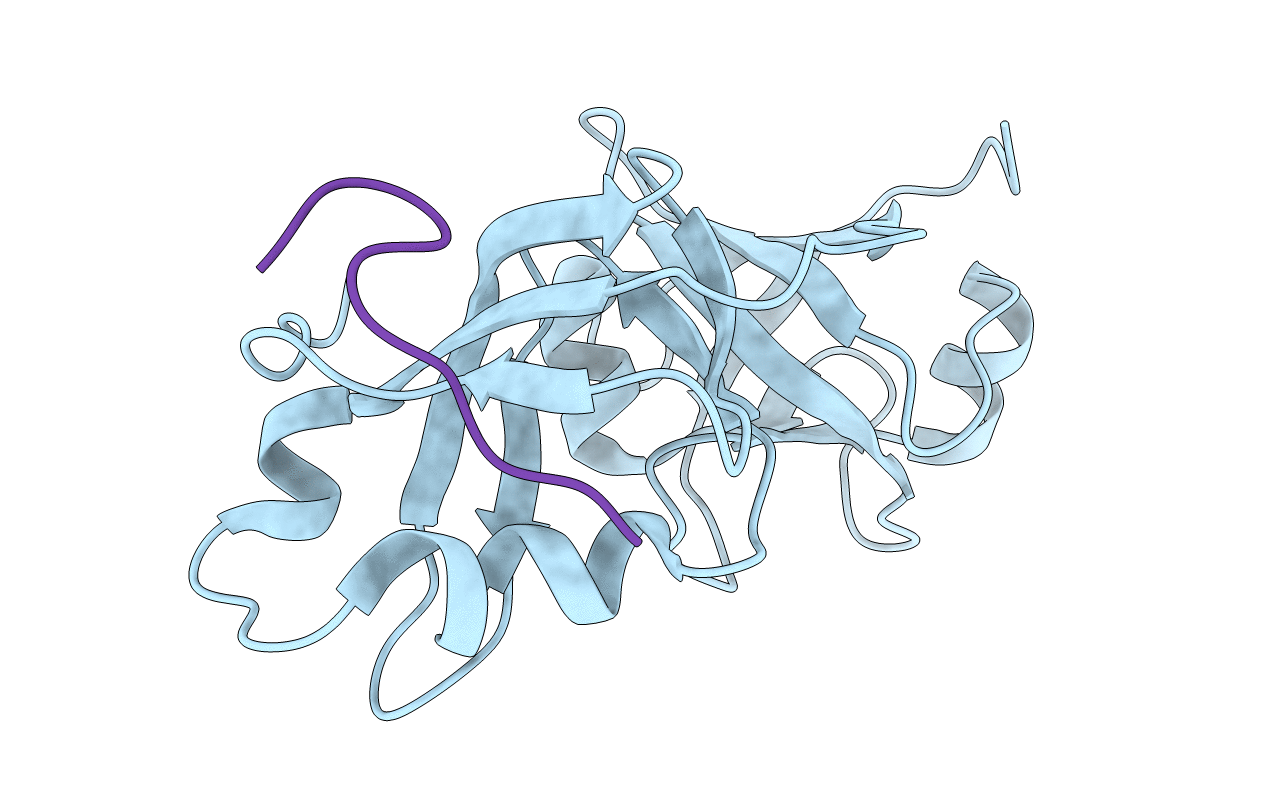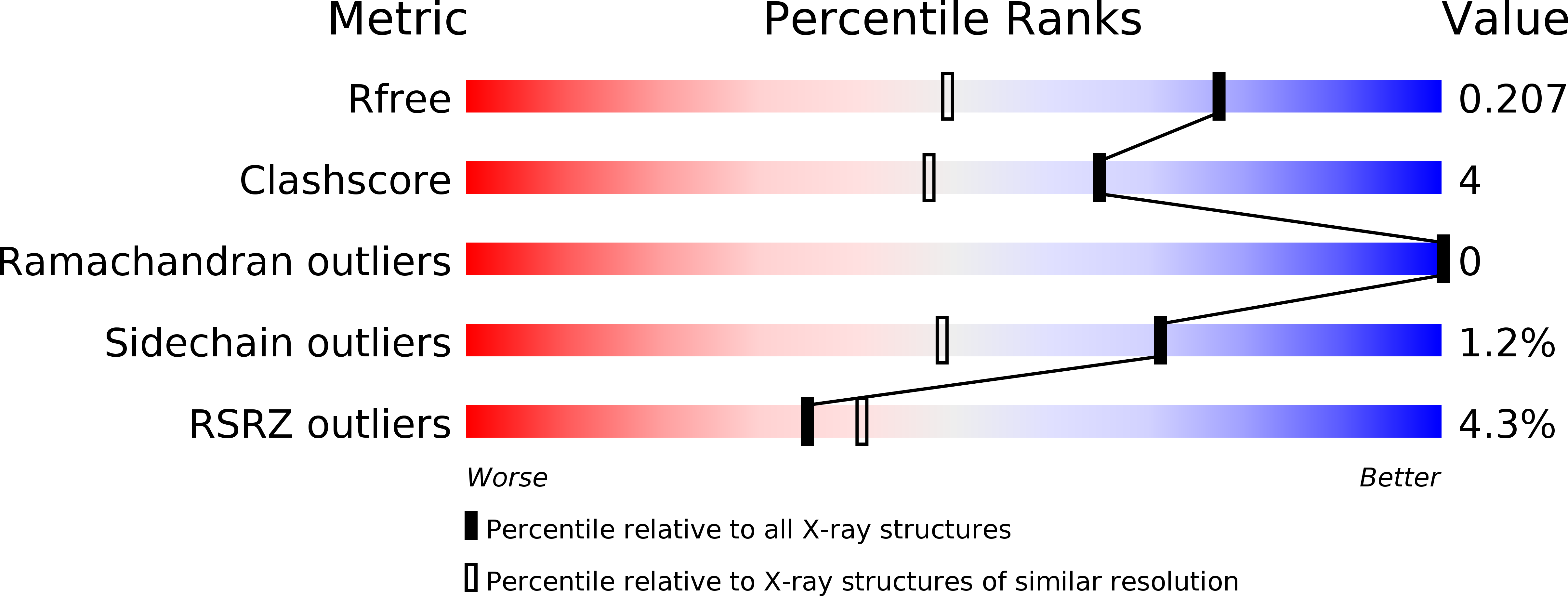
Deposition Date
2016-05-26
Release Date
2017-01-04
Last Version Date
2024-03-20
Method Details:
Experimental Method:
Resolution:
1.55 Å
R-Value Free:
0.19
R-Value Work:
0.15
R-Value Observed:
0.16
Space Group:
H 3


